Search
Remove Ads
Advertisement
Search Results
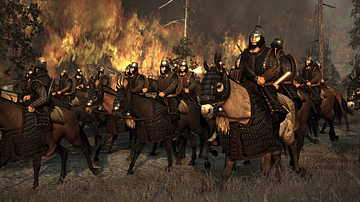
Article
The Battle of the Catalaunian Fields
The Battle of the Catalaunian Fields (also known as The Battle of Chalons, The Battle of Maurica) was one of the most decisive military engagements in history between the forces of the Roman Empire under Flavius Aetius (391-454 CE) and those...
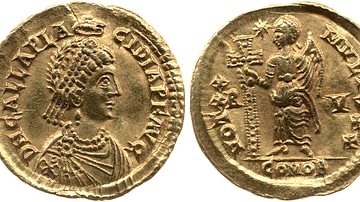
Definition
Galla Placidia
Galla Placidia (388-450 CE), the future empress, was the half-sister of the Westen Roman emperor Flavius Honorius (r. 395-423 CE), and the daughter of Theodosius the Great (r. 379-395 CE). She was taken hostage by Alaric during the sack of...

Definition
Flavius Josephus
Titus Flavius Josephus (36-100 CE), was born Yosef ben Matityahu and became a 1st-century CE Jewish historian. He was a member of a priestly household in Jerusalem through his father’s side (the house and order of Jehoiarib), and his mother...
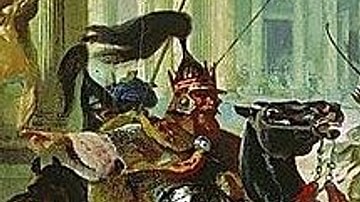
Definition
Vandals
The Vandals were a Germanic tribe who are first mentioned in Roman history in the Natural History of Pliny the Elder (77 CE). The Roman historian Tacitus also mentions them in his Germania (c. 98 CE), though he also refers to them as the...
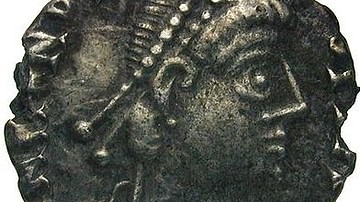
Definition
Gaiseric
Gaiseric (r. 428-478 CE, also known as Genseric and Geiseric) was the greatest king of the Vandals who remained undefeated from the time he took the throne until his death. He was probably born in 389 CE near Lake Balaton (present-day Hungary...

Image
Flavius Josephus
Flavius Josephus (36-100 CE), engraving from The Works of Flavius Josephus, 19th century.
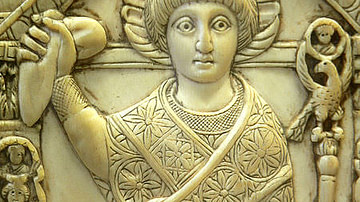
Image
Flavius Anastasius Probus
Flavius Anastasius Paulus Probus Sabinianus Pompeius (consul 517 CE) in consular garb, holding a sceptre and the mappa, a piece of cloth used to signal the start of chariot races at the Hippodrome. Ivory panel from his consular diptych.
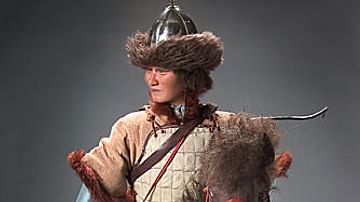
Definition
Attila the Hun
Attila the Hun (r. 434-453 CE) was the leader of the ancient nomadic people known as the Huns and ruler of the Hunnic Empire, which he established. His name means "Little Father" and, according to some historians, may not have been his birth...
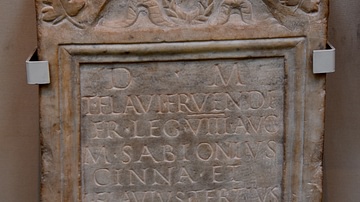
Image
Memorial Dedicated to Titus Flavius Fruendus
Memorial dedicated to Titus Flavius Fruendus by his heirs. Titus Flavius Fruendus and his three heirs were frumentarii (literally, corn-officers) in the 8th and 22nd legions. They served on detached duty and were employed on various missions...
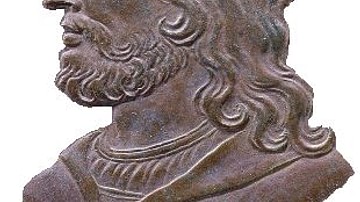
Definition
Childeric I
Childeric I (r. c. 458-481) was a late antiquity king of the Salian Franks during the period of the fall of the Western Roman Empire. Childeric's reign solidified the Salians as a dominant Frankish tribe and helped pave the way for the unification...